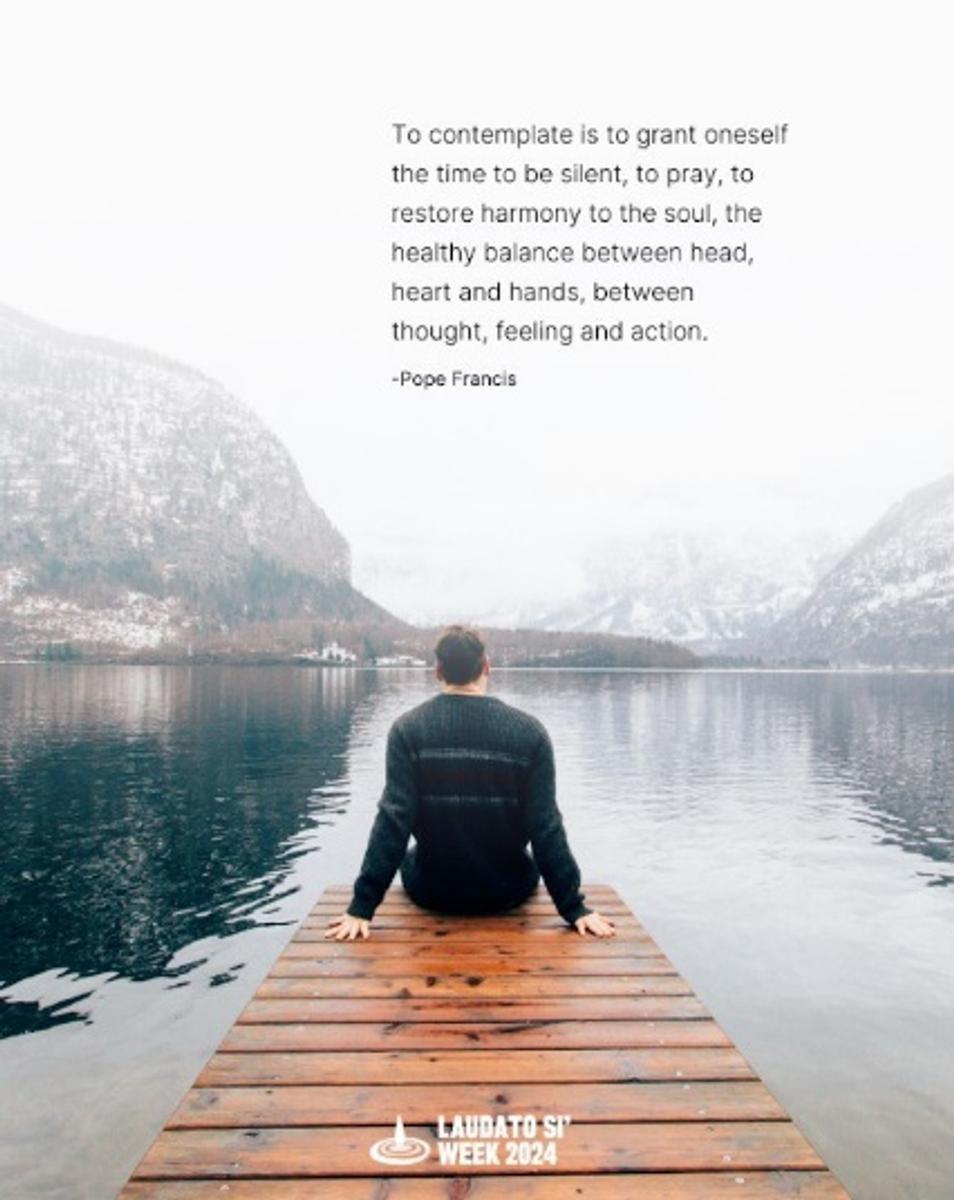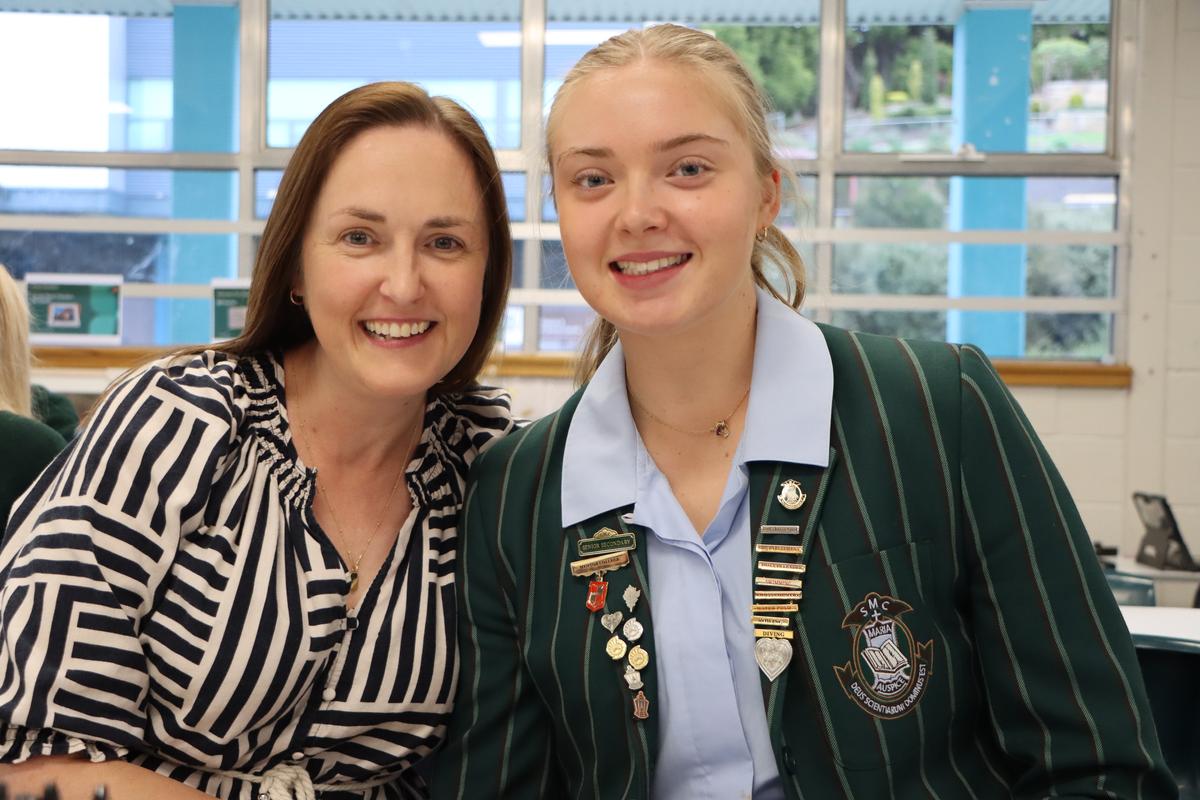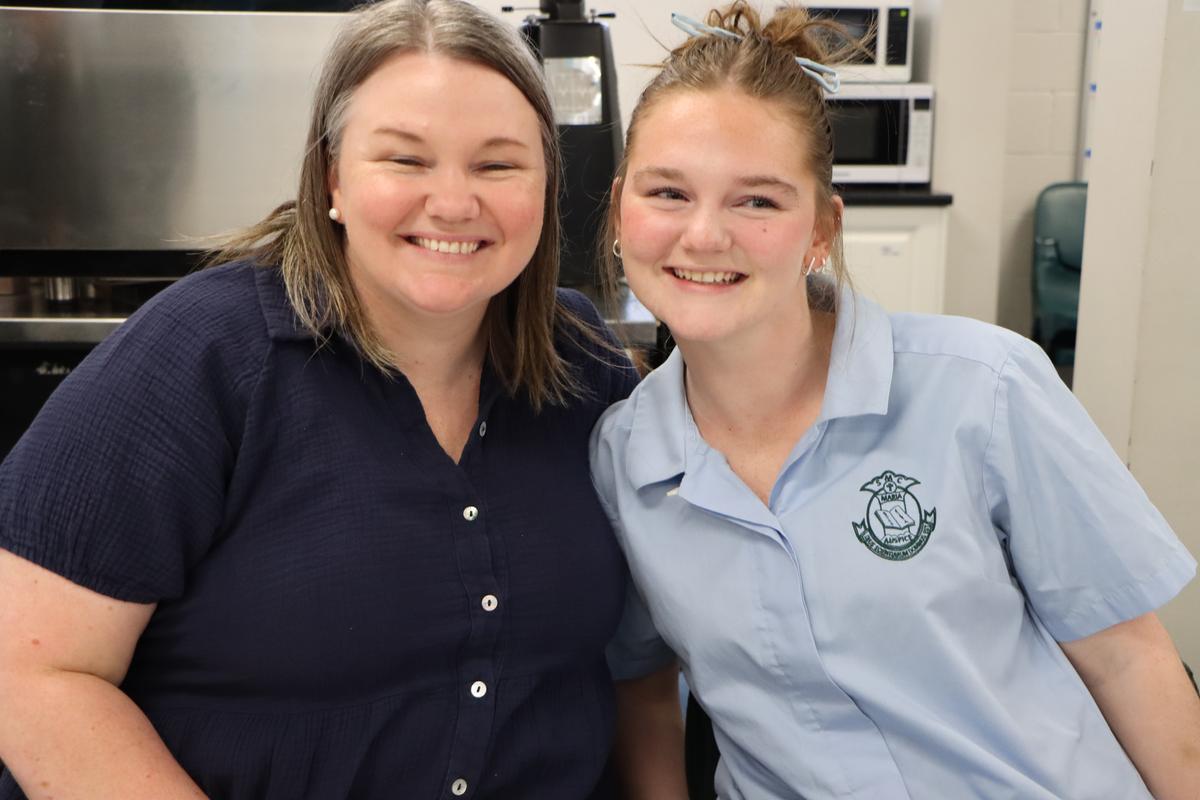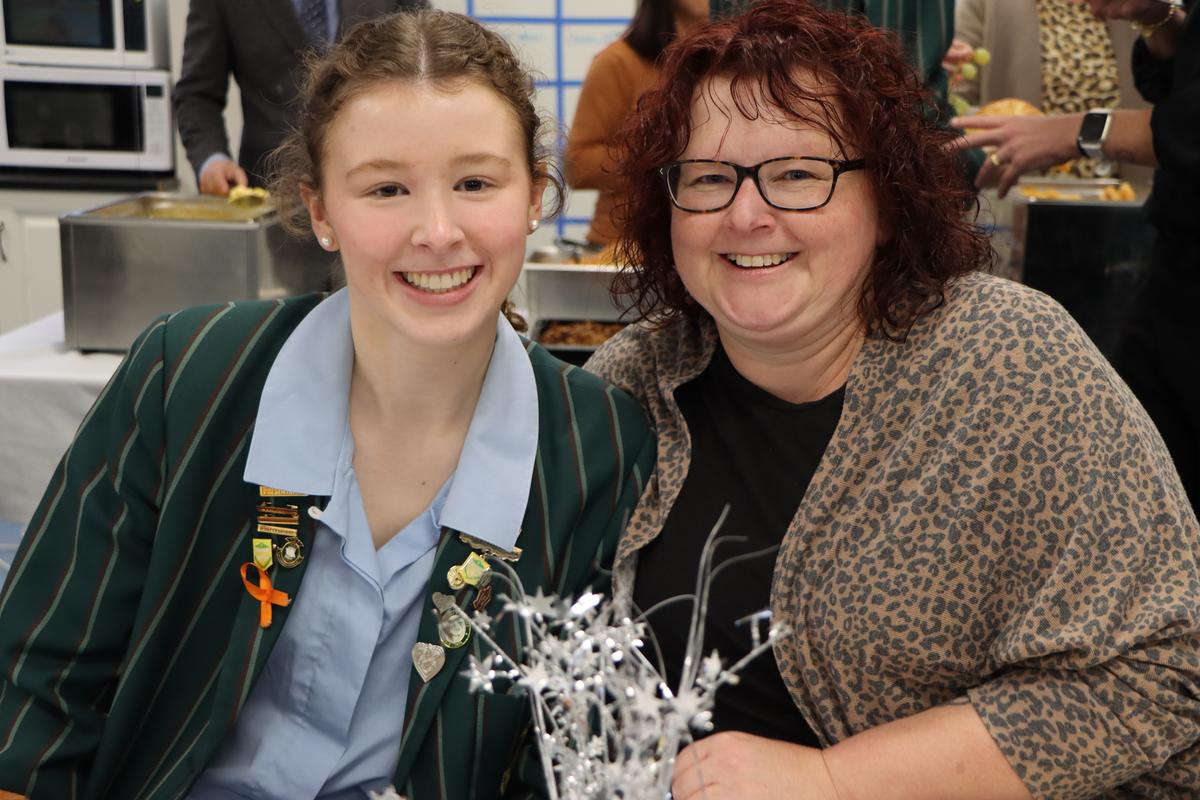From the Acting Principal
Caroline Wilson-Haffenden

From the Acting Principal
Caroline Wilson-Haffenden
The planet is everyone's responsibility.
On Sunday, we celebrated Pentecost Sunday which is often referred to as the birthday of the church. The word Pentecost comes from the Greek word pentecoste, meaning “50th day.” Fifty days after Easter Sunday, we celebrate the coming of the Holy Spirit upon the Apostles and their followers, and the beginning of their earthly ministry to make disciples of all nations.
This week is also Laudato Si’ Week which is a celebration of Pope Francis’ encyclical Laudato Si’ and a call to action for Catholics around the world to care for our common home. The theme is 'Seeds of Hope,' inspired by the Season of Creation 2024 symbol, 'the first fruits of hope.'
Our commitment stems from the conviction that, even in times of ecological and climatic crises, each of us has the power to make a difference and contribute to building a more sustainable future. We pray that through the gifts of the Holy Spirit we will have the wisdom and courage to cultivate a world where harmony between humanity and nature is a tangible reality.
Let us be seeds of hope in our lives and our world, rooted in faith and love.
“There are no lasting changes without cultural changes ...and there are no cultural changes without personal changes” (LD 70).


Social Media and Cyber-Safety
During the past week, the headlines have been dominated by a focus on social media and cyber-safety and justifiably so. With platforms like Instagram, Snapchat, and TikTok, young people are more connected than ever before. While social media offers several benefits, such as connecting with friends and accessing information, it also has a significant impact on adolescents’ mental health.
Mitch Prinstein’s submission to the Senate Judiciary Committee on February 14 2023 is most insightful. Prinstein, the Chief Science Officer at the American Psychological Association, stated, “We are just beginning to understand how this may impact youth development,” and the role social media may play in contributing to the teen mental health crisis.
The submission can be broken down into ten key takeaways.
Prinstein said that “children’s interactions with peers have enduring effects on their occupational status, salary, relationship success, emotional development, mental health, and even on physical health and mortality over 40 years later. These effects are stronger than the effects of children’s IQ, socioeconomic status and educational attainment.”
This helps explain why social media platforms have gained such a large following in a relatively short time. But is the kind of social interaction they offer healthy?
What's the right kind, you ask? According to Prinstein, its interactions and relationship-building are "characterised by support, emotional intimacy, disclosure, positive regard, reliable alliance (e.g., 'having each other's backs') and trust."
The problem is that social media platforms often (though not always) emphasise metrics over the humans behind the "likes" and "followers," which can lead teens to post things about themselves (which may or may not be true), that they hope will draw the most attention. These cycles, Prinstein warned, "create the exact opposite qualities needed for successful and adaptive relationships (i.e., [they are] disingenuous, anonymous and depersonalised). In other words, social media offers the 'empty calories of social interaction,' that appear to help satiate our biological and psychological needs, but do not contain any of the healthy ingredients necessary to reap benefits."
Research has found that social media can make some teens feel lonelier.
Prinstein states that social media and the study of it are both too young to arrive at many conclusions with absolute certainty. When used properly, social media can feed teens' need for social connection in healthy ways.
As children enter puberty, the areas of the brain "associated with our craving for 'social rewards,' such as visibility, attention and positive feedback from peers" tend to develop well before the parts of the brain "involved in our ability to inhibit our behaviour, and resist temptations," Prinstein said. Social media platforms that reward teens with likes and new followers can trigger and feed that craving.
When teens view illegal and/or dangerous behaviours on social media alongside icons suggesting the negative content has been liked by others, the part of the brain that keeps us safe stops working properly. Prinstein said, “suggesting that the ‘likes’ may reduce youths’ inhibition (i.e., perhaps increasing their productivity) towards dangerous and illegal behaviour.” In other words, bad behaviour feels bad – until other people start liking it.
Prinstein spoke specifically about websites or online accounts that promote disordered eating behaviours and non-suicidal self-injury, like self-cutting.
"Research indicates that this content has proliferated on social media sites, not only depicting these behaviours, but teaching young people how to engage in [them], how to conceal these behaviours from adults, actively encouraging users to engage in these behaviours, and socially sanctioning those who express a desire for less risky behaviour."
"Regions of the brain activated by social media use overlap considerably with the regions involved in addictions to illegal and dangerous substances," Prinstein told lawmakers.
Online bullying can take a terrible physical toll, Prinstein said. “Brain scans of adults and youths reveal that online harassment activates the same regions of the brain that respond to physical pain and trigger a cascade of reactions that replicate physical assault and create physical and mental health damage.”
Even adults feel it. We go onto social media sites and compare ourselves to everyone else out there, how we look, or feel we should look, based on who's getting likes and who's not. For teens, the impacts of such comparisons can be amplified.
Research suggests more than half of adolescents are on screens right before bedtime, and that can keep them from getting the sleep they need. Not only is poor sleep linked to all sorts of downsides, including poor mental health symptoms, poor performance in school and trouble regulating stress.
Reference web article:
www.npr.org/2023/02/16/1157180971/10-things-to-know-about-how-social-media-affects-teens-brains
School TV’s cyber safety series provides a wealth of resources for parents and carers to assist and guide young people in today’s digital world. The topics include:
Susan McClean, a leading expert in the field of cyber safety who has previously worked with students, staff, parents and carers at the College, makes the point that children’s technical skills are superb. However, this skill is not matched by cognitive development and the ability to perceive risk and foresee consequences is limited.
As parents and carers, it is vital to have open and honest conversations with young people about social media and its potential effects on mental health. Encourage them to engage in self-reflection and develop a healthy relationship with technology. Recommended strategies:
As a learning community, we embrace technology for the wonderful tool that it is, whilst seeking to educate students so that they may make positive decisions when engaging online, navigating the digital world responsibly and supporting mental wellbeing. In the coming weeks, the Year 8 students, for example, will have an opportunity to engage in a Q & A session with members of the Tasmanian Police.
As previously communicated, the College has employed Assure to monitor online activities on the school network, detecting threats such as cyberbullying, self-harm, violence, online grooming, and image-based abuse. This ensures student safety and promotes a secure learning environment.
We are currently reviewing the College’s BYOD model for students entering Year 7. On this note, I strongly encourage parents and carers to not purchase devices until further details are shared in the coming months.
By being aware of the impact of social media and taking proactive measures to support our young people, collectively we can help them maintain positive mental health in this digital age.
Last Wednesday, the Year 12 students celebrated and expressed their gratitude for the mothers, grandmothers and special women in their lives. A highlight was the Mother’s Day quiz and the silent auction which raised over $3,000 for the Annie Kenney Young Women's Refuge.
I thank all those who attended the event including mothers, grandmothers, special women, students and staff, and to the many businesses who generously donated items for the auction.
We look forward to hosting a similar event later in the year to mark Father’s Day.









